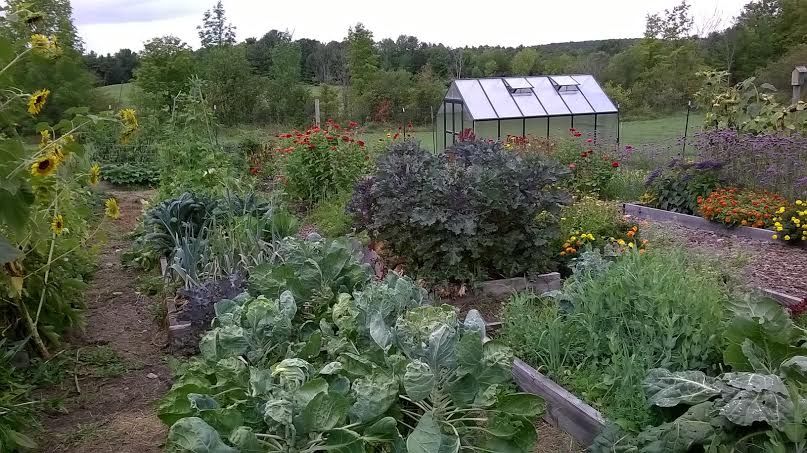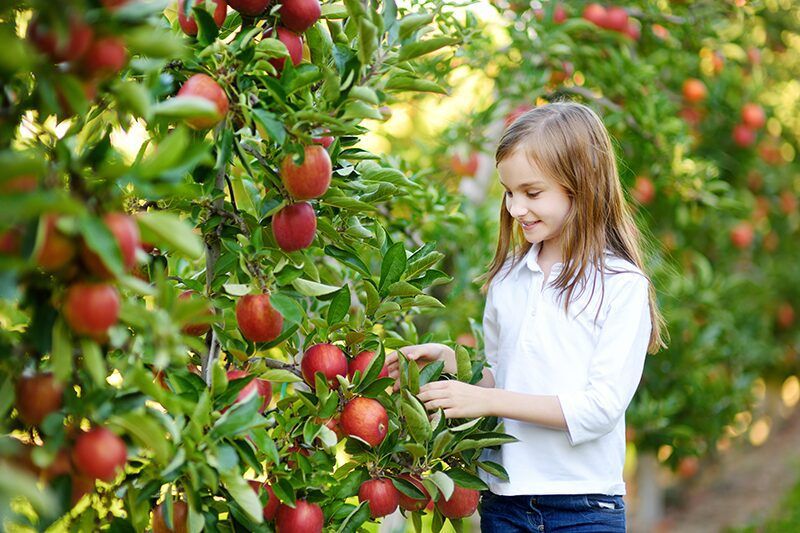Come mid-summer many vegetable gardeners are ready to store away their seeds and hang up their trowels for the season. In actuality, August is a great month to plant many vegetables a second time around– either in the ground or in a container. Take advantage of the cooler weather and grow fresh, matured veggies in the cool air! Here’s how you can grow a vegetable succession garden:
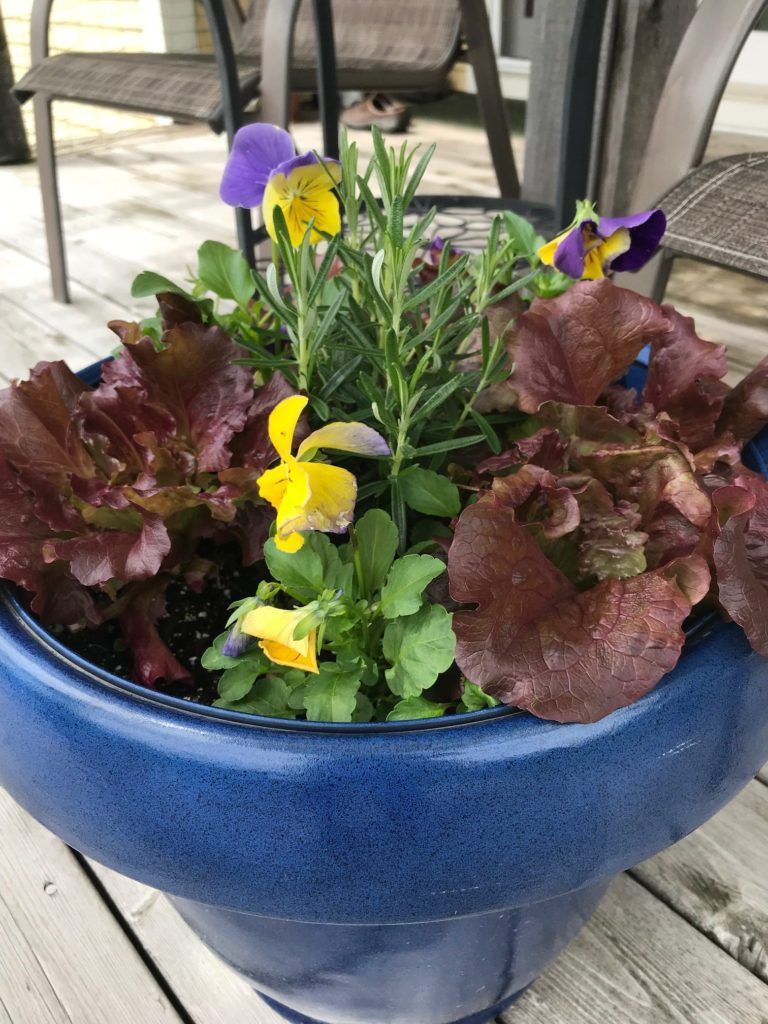
TIPS FOR PLANTING A VEGETABLE SUCCESSION GARDEN
The first step is to find room for the newcomers.
Whether you’re planting in the ground or in a container, make sure to pull out spent spring or summer crops of peas, lettuce, radishes, beans, and beets. Be merciless and yank plants even if they still are green. Chances are they won’t produce much more for you. Also, any summer crops, such as squash, tomatoes, and cucumbers that have died can be removed to provide another opportunity and place to plant.
Any maturing crops, such as onions and garlic, leave space behind after harvest for planting anew. Dry these roots in a well ventilated, dark, cool location hanging them from boards with VELCRO® Brand Garden Ties attached to the boards with VELCRO® Brand Extreme Outdoor fasteners.
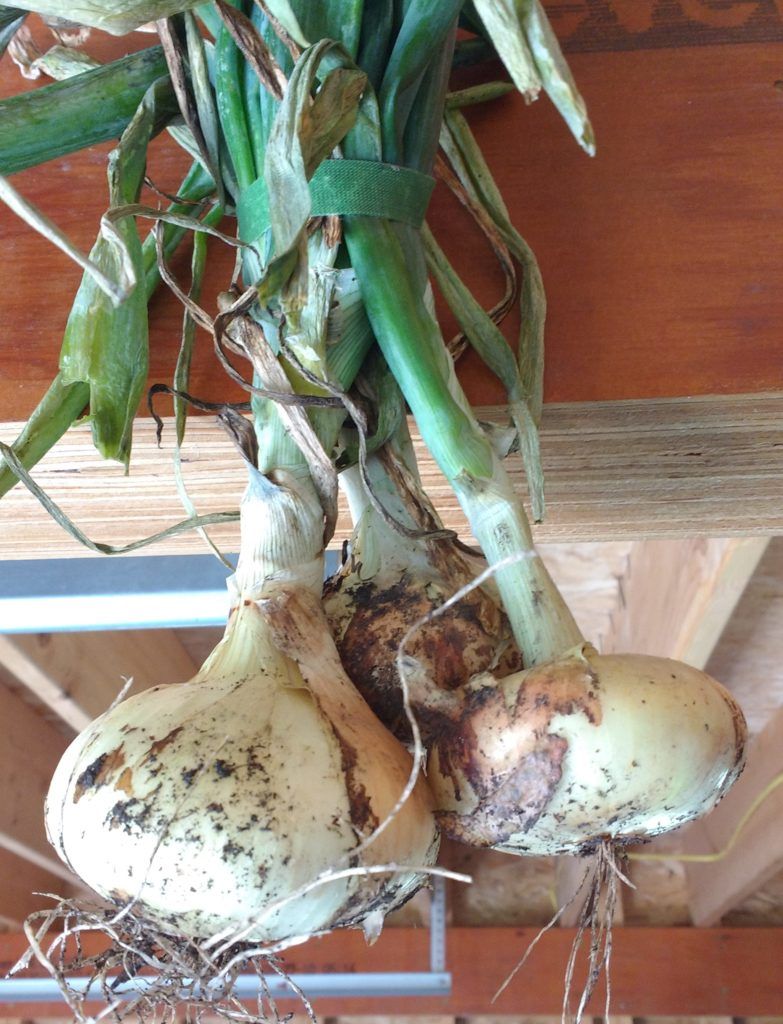
Then decide what cool season crops you like to eat and grow.
Some of the best choices are lettuce, spinach, kale, Swiss chard, beets, carrots, radishes, pak choi, beans, cabbage, cauliflower, and broccoli. The best part is all of these crops fit well in a medium to large-sized container, railing planter or window box. While it’s best to have started some of these leafy greens and Brassica crops indoors under lights in advance, local garden centers also will have transplants for you to grow. Root crops will need to be direct seeded into the garden.
In the garden or containers, amend the soil with compost, sow seeds on a cloudy day and cover with shade cloth.
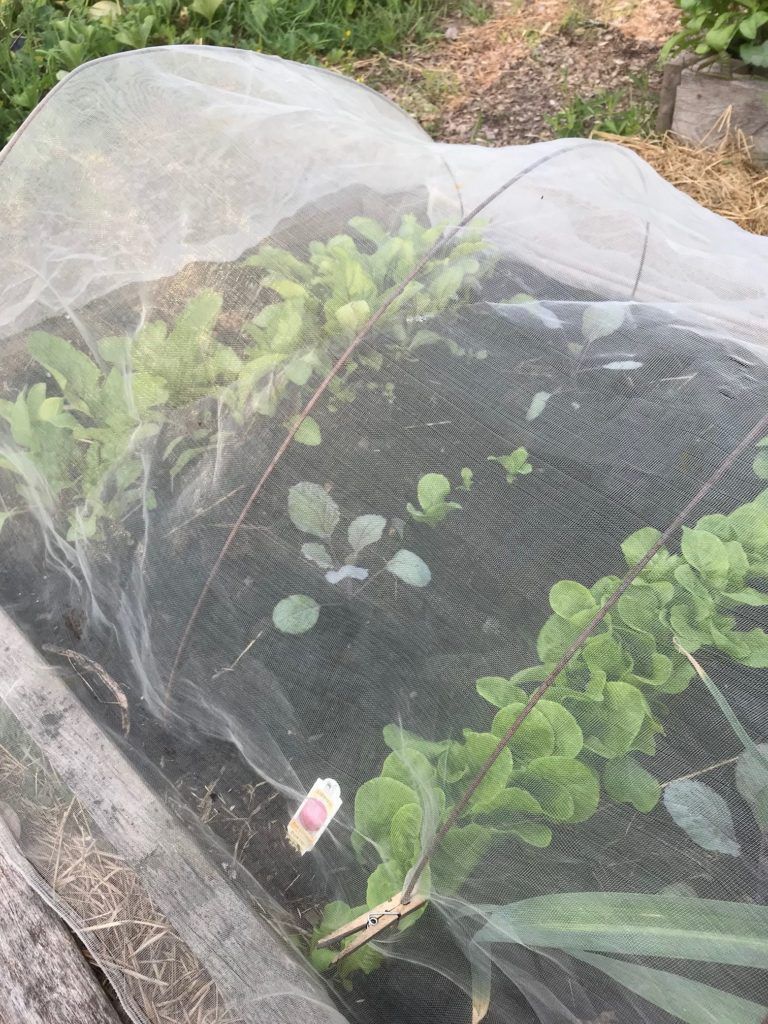
This will allow the seed to germinate faster and not dry out. Transplants are more forgiving. Cover both the seeds and transplants with a floating row cover or micro-mesh cloth to keep out insects and pests. If pests are a problem, grow these cool-season crops in a container on a deck or balcony. The advantage of containers is they can be more easily protected in fall from frost by moving them indoors or to a protected location.
Keep well watered and come fall you’ll be enjoying fresh greens, beans, and broccoli from your garden. Because of the shorter and cooler days, the vegetables won’t easily go to flower and seed, so they’ll last longer in the garden for you to enjoy.
Stay on our blog for more gardening tips and advice!
